The Green Thumb Guide: Creating a Sustainable Indoor Garden
There's something incredibly rewarding about indoor gardening. The lush greenery that fills the room, the vibrant colors that catch your eye, and the subtle fragrance that wafts through the air - it's a sensory delight that brings a certain joy and color to our lives. In our home, plants have become an integral part of our living and office areas, adding a touch of nature to our everyday surroundings. But beyond their aesthetic appeal, there's another aspect of indoor gardening that we've come to appreciate - sustainability. In this guide, we'll explore the concept of a sustainable indoor garden and share practical tips to help you create your own.
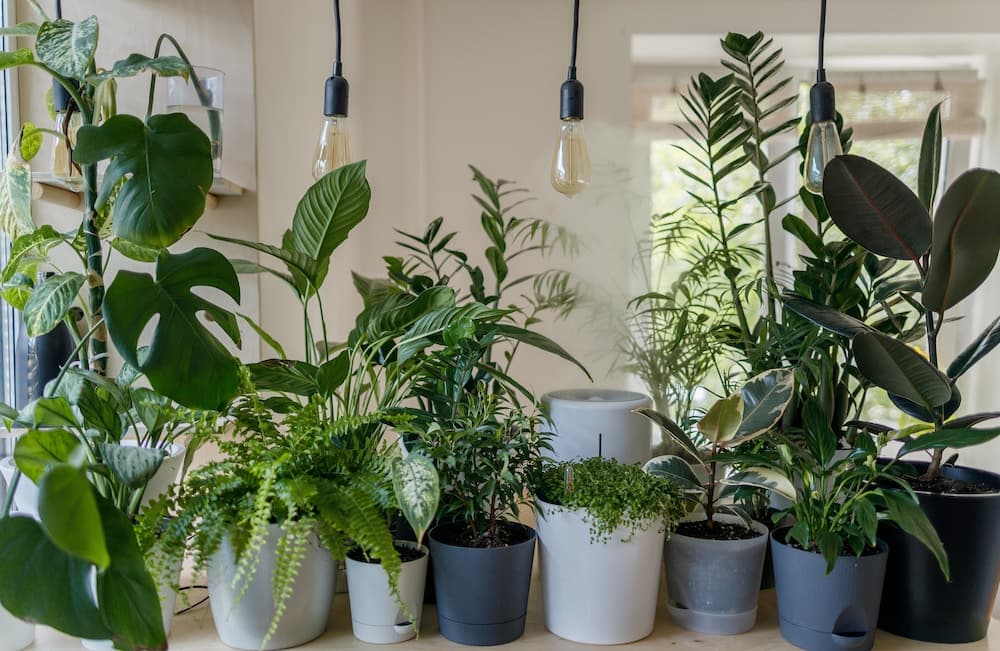
Understanding Sustainability in Indoor Gardening
Sustainability in indoor gardening goes beyond just keeping your plants alive. It's about creating a garden that's in harmony with the environment - one that uses resources responsibly, minimizes waste, and promotes biodiversity. Sustainable indoor gardening can help reduce our environmental footprint, conserve natural resources, and create healthier living spaces. But how exactly do we create a sustainable indoor garden? The key lies in the choices we make, from the plants we choose to the pots we use and the soil we prepare.
Choosing the Right Plants for Your Indoor Garden
The first step to creating a sustainable indoor garden is choosing the right plants. Not all plants are suitable for indoor gardening, and the right choice can make the difference between a thriving garden and a struggling one. Here are a few factors to consider:
- Light: Different plants have different light requirements. Some plants thrive in bright, indirect light, while others can do well in low-light conditions. Consider the light conditions in your home and choose plants that are well-suited to those conditions.
- Space: Consider the space you have available. Some plants, like snake plants and ZZ plants, are compact and perfect for small spaces. Others, like fiddle leaf figs, need more room to grow.
- Humidity: Some plants, like ferns and orchids, thrive in high humidity, while others, like succulents, prefer drier conditions. Consider the humidity levels in your home when choosing your plants.
- Care: Some plants require more care than others. If you're a beginner, you might want to start with low-maintenance plants that are easy to care for.
Remember, the goal is to create a garden that's not just beautiful, but also sustainable. Choose plants that are well-suited to your home environment and that you can care for sustainably.
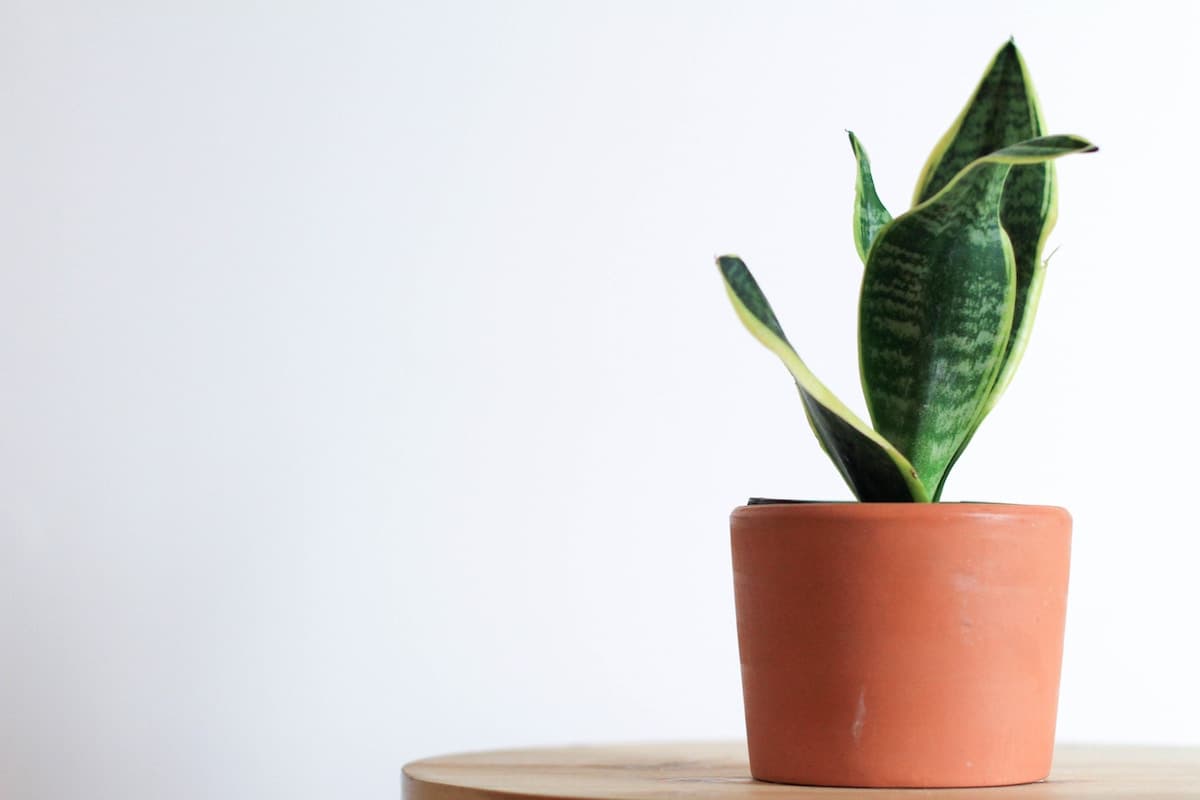
Selecting Eco-friendly Pots for Your Indoor Garden
The pots you choose for your indoor garden play a crucial role in the sustainability of your garden. They not only house your plants but also contribute to the overall aesthetics of your garden. Here are some tips for selecting eco-friendly pots:
- Material: Consider pots made from natural, sustainable materials like terracotta, wood, or recycled plastic. These materials are not only environmentally friendly but also have properties that can benefit your plants. For example, terracotta pots are porous, allowing the soil to breathe and preventing water-logging.
- Size: Choose a pot that's the right size for your plant. A pot that's too small can restrict root growth, while a pot that's too large can lead to overwatering. As a general rule, the pot should be about 1-2 inches larger in diameter than the plant's root ball.
- Drainage: Good drainage is essential for healthy plant growth. Look for pots with drainage holes to prevent water from sitting at the bottom and causing root rot.
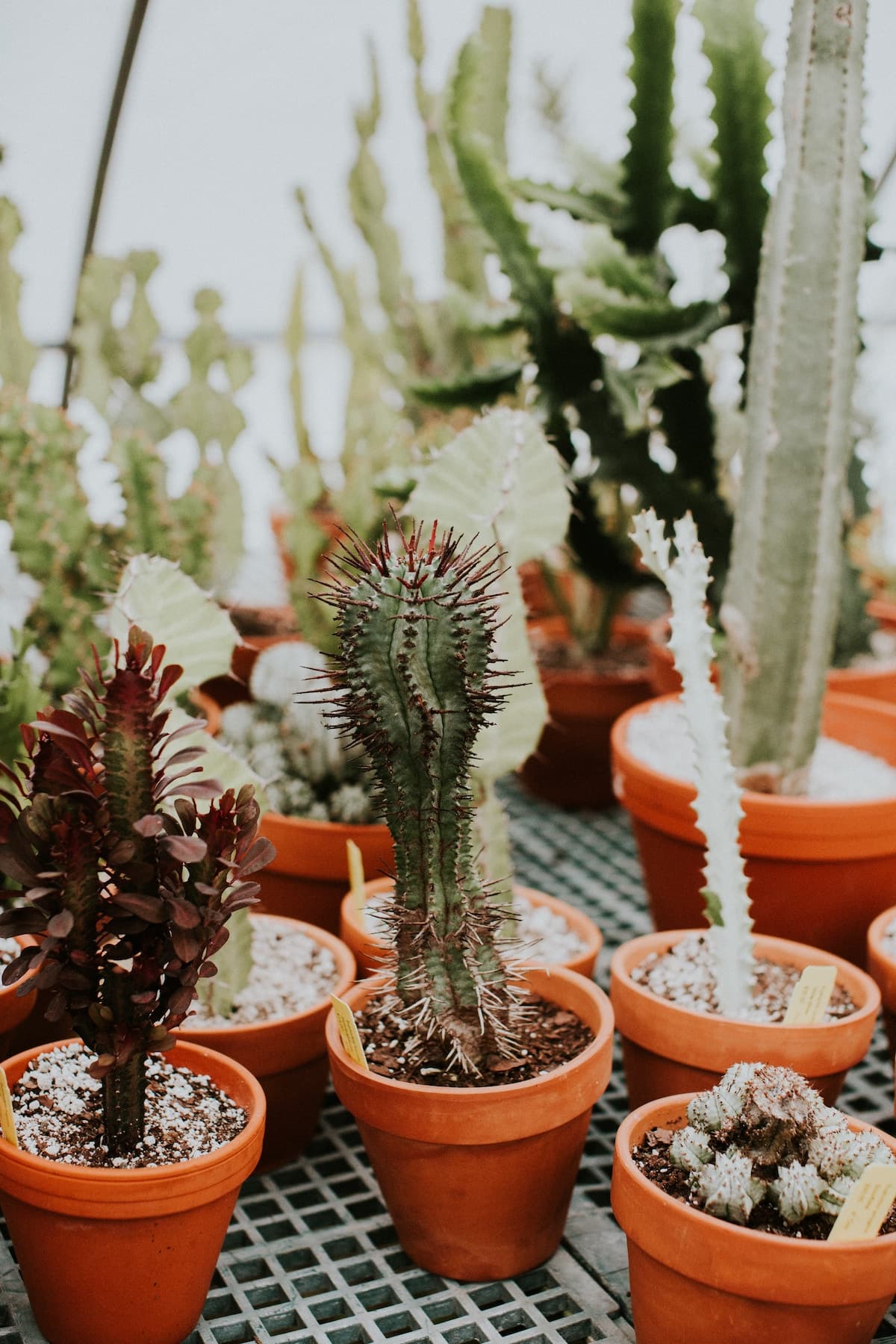
Choosing and Preparing Sustainable Soil for Your Indoor Garden
The soil is the foundation of your indoor garden. It provides your plants with the nutrients they need to grow and thrive. Here are some tips for choosing and preparing sustainable soil:
- Organic Soil: Choose organic potting soil that's free from synthetic chemicals and pesticides. Organic soil is not only better for your plants but also better for the environment.
- Composting: Consider starting a small compost bin at home. Composting is a great way to recycle kitchen waste and create nutrient-rich soil for your plants.
- Soil Amendments: Depending on the needs of your plants, you may need to amend your soil with things like perlite for drainage, or worm castings for nutrients. Always opt for natural, sustainable amendments.
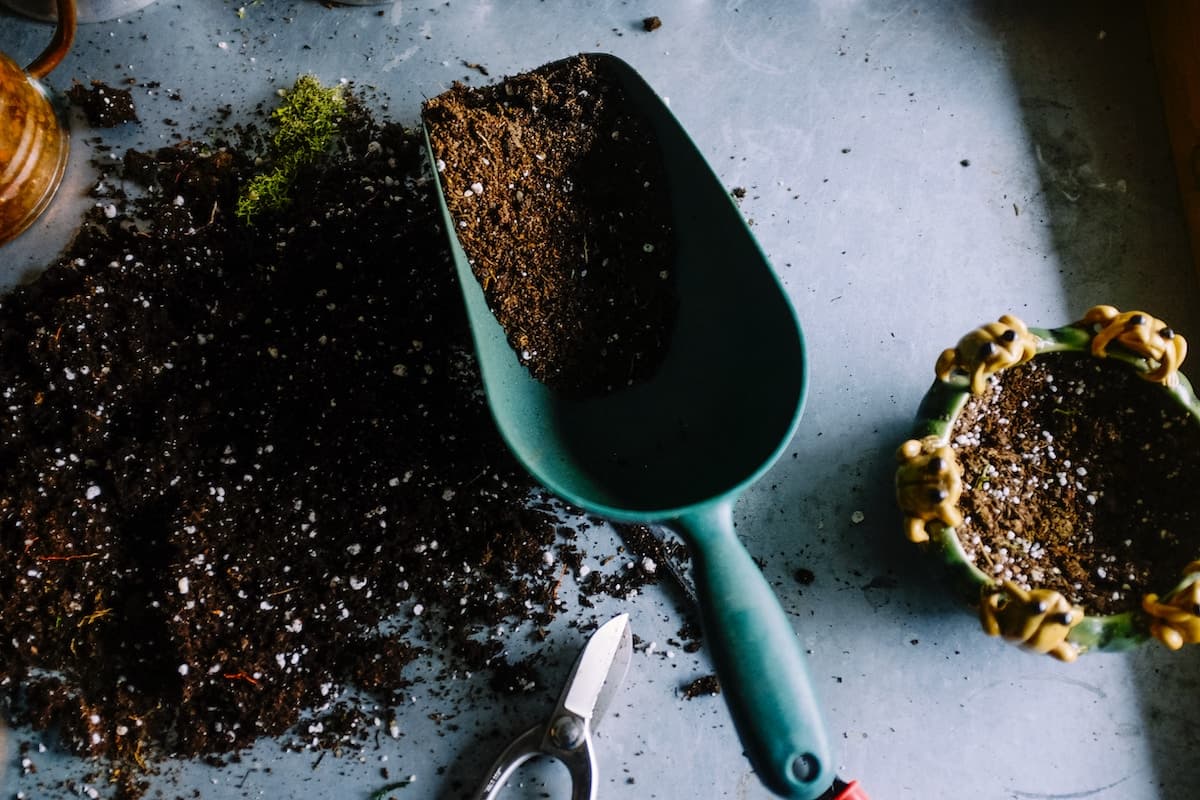
Practical Tips for Starting a Sustainable Indoor Garden
Starting an indoor garden can seem daunting, especially if you're new to gardening. But with a little planning and preparation, you can create a sustainable indoor garden that's both beautiful and beneficial. Here are some practical, budget-friendly tips to get you started:
- Start Small: If you're new to indoor gardening, start small. Choose a few easy-to-care-for plants and learn how to care for them. As you gain confidence, you can gradually add more plants to your garden.
- Reuse and Recycle: Look for ways to reuse and recycle items around your home. Old jars, cans, and containers can be repurposed as plant pots. Just make sure to add drainage holes!
- DIY Fertilizer: Instead of buying commercial fertilizers, consider making your own. Compost, coffee grounds, and eggshells are all great natural fertilizers.
- Water Wisely: Overwatering is a common mistake among new gardeners. Learn the watering needs of your plants and stick to a schedule. Remember, it's better to underwater than overwater.
- Regular Care: Regular care is key to a thriving indoor garden. Make sure your plants are getting enough light, check the soil moisture regularly, and keep an eye out for pests.
Remember, the goal is not perfection, but progress. Every plant you grow, every mistake you learn from, brings you one step closer to a sustainable indoor garden.
Maintaining Your Sustainable Indoor Garden
Once you've started your indoor garden, the next step is maintenance. A well-maintained garden is a healthy, sustainable garden. Here are some tips for maintaining your indoor garden:
- Light Management: Make sure your plants are getting the right amount of light. Rotate your plants regularly to ensure they get light evenly.
- Watering: Water your plants according to their needs. Some plants prefer their soil to dry out completely between waterings, while others prefer consistently moist soil.
- Pest Control: Keep an eye out for common pests like aphids, spider mites, and fungus gnats. If you spot pests, use natural pest control methods like neem oil or insecticidal soap.
- Pruning: Regular pruning can help keep your plants healthy and promote growth. Remove dead or yellowing leaves, and prune back any overgrown branches.
Remember, a sustainable indoor garden is a living, breathing ecosystem. With regular care and maintenance, you can keep your garden thriving and sustainable.
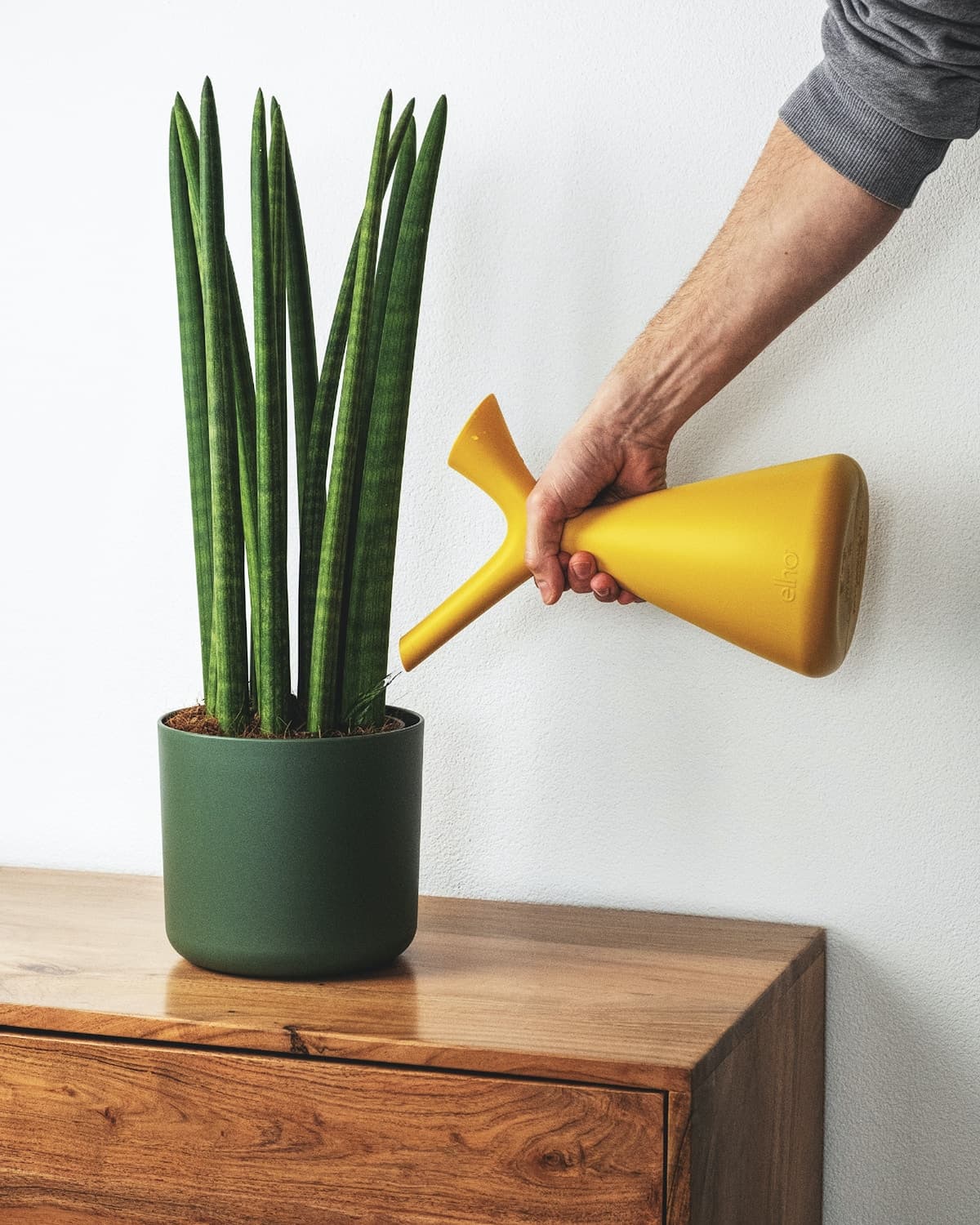
The Joy of Indoor Gardening: A Personal Perspective
Indoor gardening is more than just a hobby; it's a source of joy and fulfillment. The process of nurturing a plant from a tiny seedling to a thriving green organism is incredibly rewarding. In our home, our indoor garden has become a sanctuary of sorts, a place where we can escape the hustle and bustle of everyday life and connect with nature, even in the heart of the city.
Our living and office areas are adorned with a variety of plants, each with its unique charm. From the lush foliage of the pothos to the vibrant blooms of the African violet, each plant adds a touch of nature and a burst of life to our space. But more than their aesthetic appeal, it's the process of caring for these plants, watching them grow and thrive, that brings us the most joy.
Indoor gardening has taught us patience, mindfulness, and the value of nurturing. It's a constant reminder of the beauty and resilience of nature. And the best part? You don't need a green thumb to start an indoor garden. All you need is a little patience, a little care, and a whole lot of love.
Conclusion
Creating a sustainable indoor garden is a journey, not a destination. It's about making conscious choices, learning from our mistakes, and constantly striving to do better. It's about creating a space that not only brings us joy but also respects and contributes to the environment.
So, whether you're a seasoned gardener or a complete beginner, we encourage you to start your own indoor garden. Start small, learn as you go, and don't be afraid to get your hands dirty. After all, every plant you grow is a step towards a greener, more sustainable world.
Call to Action
We invite you to join us on this journey towards sustainable indoor gardening. Share your experiences, your successes, and your challenges. Let's learn from each other, inspire each other, and grow together. Because together, we can make a difference. You can find me here on twitter: https://twitter.com/HugoWinder
Resources
Starting and maintaining a sustainable indoor garden can be a rewarding journey, and having the right resources can make the process even more enjoyable. Here are some resources that can help you on your indoor gardening journey:
- Gardener's Supply Company: This is a great resource for all things gardening. They offer a wide range of gardening supplies, from tools and planters to raised garden beds and more. They also have a wealth of advice and information on various aspects of gardening, including indoor gardening. You can visit their website here.
- Local Garden Centers: Don't underestimate the value of your local garden center. They often have knowledgeable staff who can provide personalized advice based on your specific needs and conditions. Plus, you can see and touch plants and supplies in person, which can be very helpful, especially for beginners.
- Online Gardening Communities: There are numerous online communities where gardeners of all levels share their experiences, ask questions, and offer advice. Websites like Reddit, GardenWeb, and Houzz have active gardening forums. Social media platforms like Instagram and Pinterest can also be great sources of inspiration.
- Books on Indoor Gardening: There are many books available that offer in-depth information on indoor gardening. Some popular titles include "The New Organic Grower" by Eliot Coleman, "Indoor Green: Living with Plants" by Bree Claffey.
Remember, the journey of indoor gardening is one of continuous learning. These resources can provide valuable information and support along the way. Happy gardening!
This concludes the article. I hope you find it informative and engaging. Please let me know if there are any changes you'd like to make or if there are any other sections you'd like to add. Reach out to me on twitter!